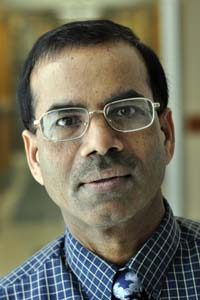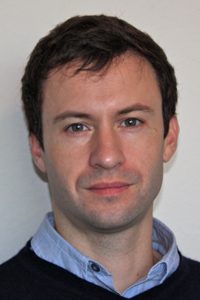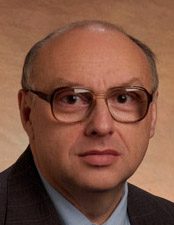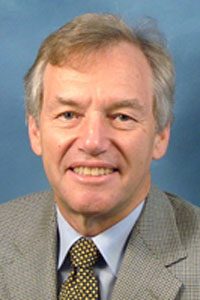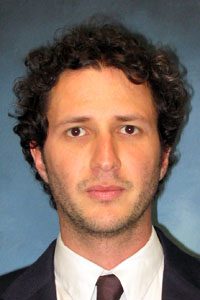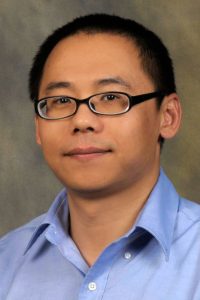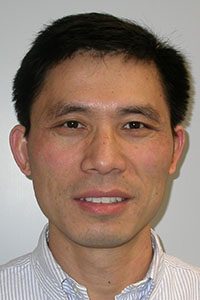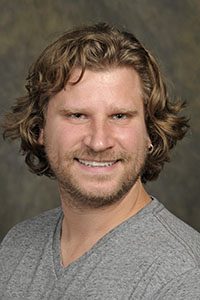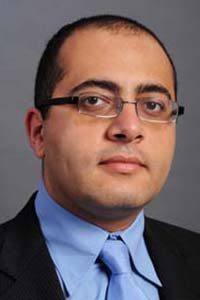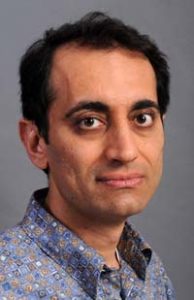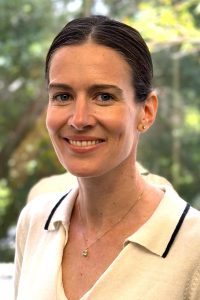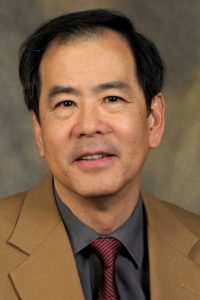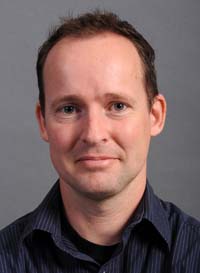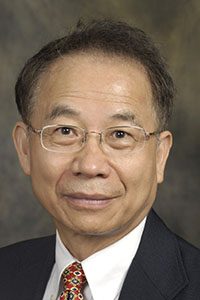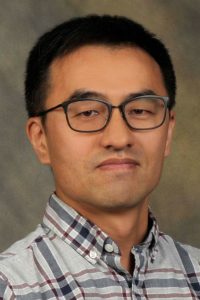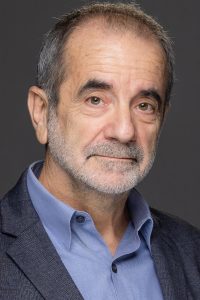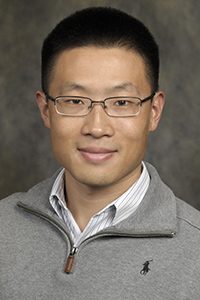Optics and Photonics Research
CREOL faculty, scientists and students pioneer collaborative and multi-disciplinary research that enables impactful technologies for widespread and cross-cutting applications. Home to world-class research centers and cutting-edge facilities, CREOL is renowned as a global leader in optics and photonics. Research at the college is enriched by the high-tech industrial ecosystem in central Florida that provides synergistic partnership opportunities.
Laser Science and Technology
Once described as a “solution looking for a problem,” lasers have found themselves as a ubiquitous piece of technology found in a vast array of technologies. The ability to generate a single frequency beam of intense light with either a narrow spatial or temporal bandwidth has created new frontiers to be explored in every scientific field. Lasers have been one of the central technological developments responsible for revolutions in communications, defense, manufacturing, and medicine. Today, lasers are everywhere: from research laboratories to our personal vehicles; from Mars to the moons of Jupiter; from medical clinics to the places we shop, work, and live.
Research Groups
Fiber Optics
Fiber optics allows us to transport and distribute optically encoded information over long distances with low losses as well as to collect and manipulate optical signals. Advances in optical fiber have revolutionized the fields of communication and information processing and continued research in materials science and optical engineering will aid in the development of next generation devices. In addition to telecommunication, modern fibers can be found as an integral component in many applications such as lighting and display hardware, lasers, and sensors.
Research Groups
Nonlinear and Quantum Optics
Nonlinear optics deals with the behavior of intense light in media exhibiting nonlinear response to the applied optical field. It enables wavelength conversion and multiphoton absorption, and plays essential roles in optical telecommunication, nonlinear microscopy and spectroscopy, and attosecond science. Quantum optics is concerned with light-matter interaction phenomena requiring quantum-mechanical description. It includes processing of quantum information at the photon level, and supports applications ranging from ultrasensitive measurement and secure communication to computing.
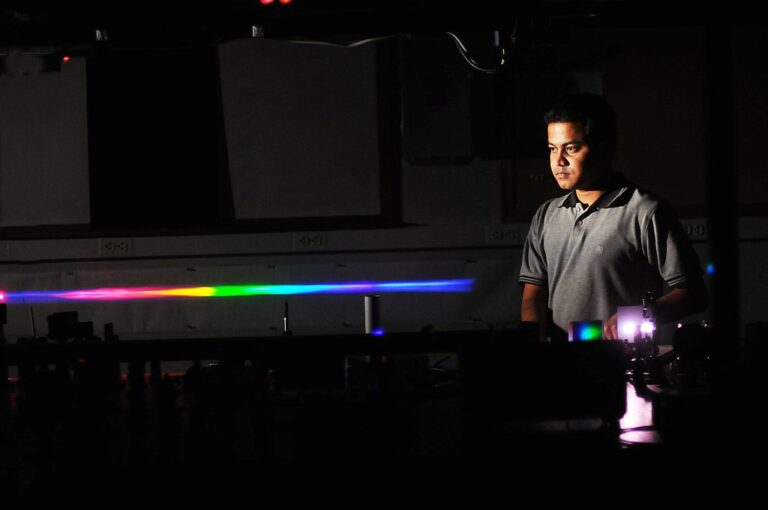
Research Groups
Integrated and Nano Photonics
Optoelectronics enables the bi-directional conversion of energy between photons and electrons to generate, absorb and manipulate light within the context of electronic systems. Example devices include LEDs, semiconductor lasers, modulators, photodetectors, and solar cells. Integrated photonics combines such passive and active devices to make optics seamlessly integrated with electronics to revolutionize communication, information processing, sensing and imaging systems.
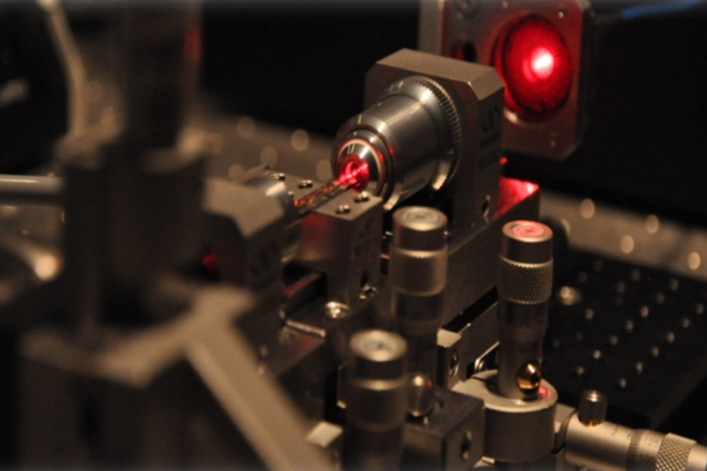
Research Groups
Imaging and Display
Optical sensing, imaging, and display involve the acquisition, manipulation, and presentation of optical information by use of optical irradiance, phase, coherence, polarization, luminescence, in one or more dimensions. The research in this area synergizes device development and signal processing. Optical sensing and imaging have unique advantages in biomedical imaging and industrial metrology, due to the non-invasive and high-specific nature of the visible light; display technologies, including solid-state lighting and liquid crystal display, play an major role in today’s advancement in consumer electronics and entertainment industry.
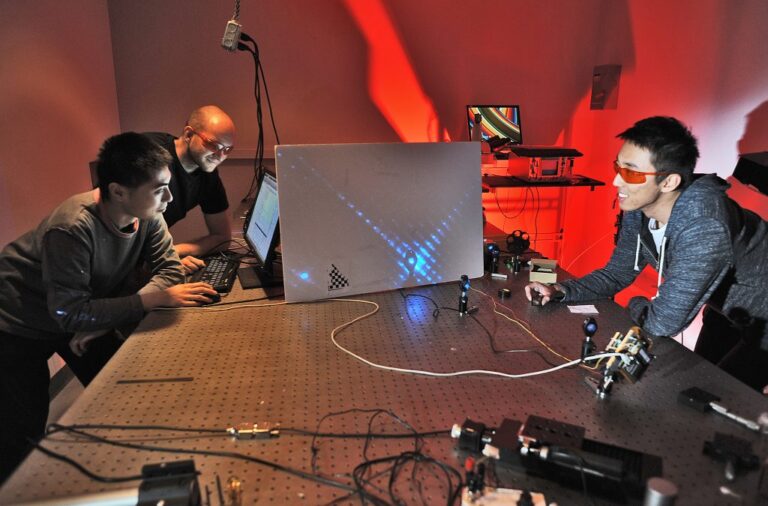
Research Groups
Biophotonics
Biophotonics is a multidisciplinary research area where light-based methods are utilized to understand and manipulate biological processes. Research in this area involves development of novel techniques to diagnose and/or treat a variety of diseases.
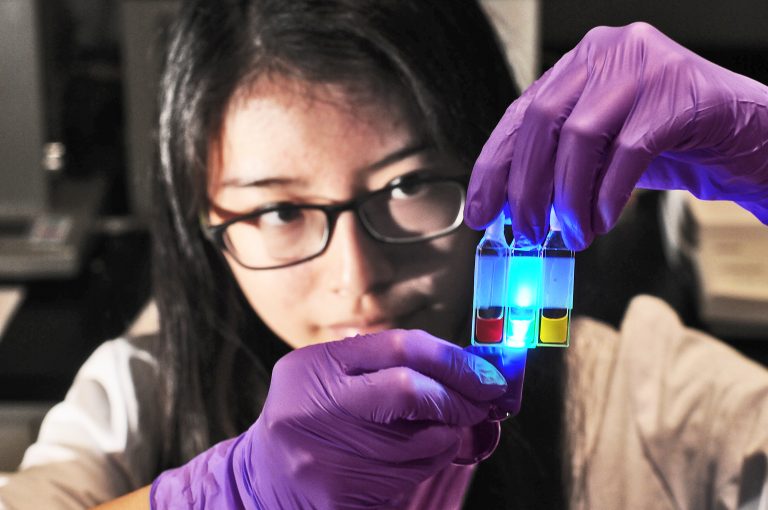
Research Groups
Astrophotonics
The CREOL Astrophotonics research effort arose from several groups of CREOL researchers and now comprises >30 scientists and research students at the University of Central Florida.
We bring together a broad range of expertise in photonic lanterns, fiber optic and microdevices, optical/infrared imagers and spectrographs for astronomy, laser frequency combs, hyperspectral imaging, and other areas to carry out our research in an exciting, fast-paced environment.
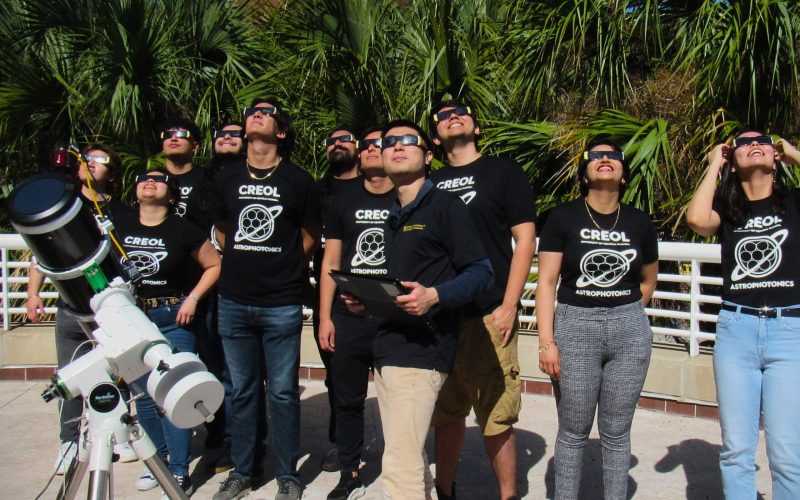
Research Groups
Coming Soon!



